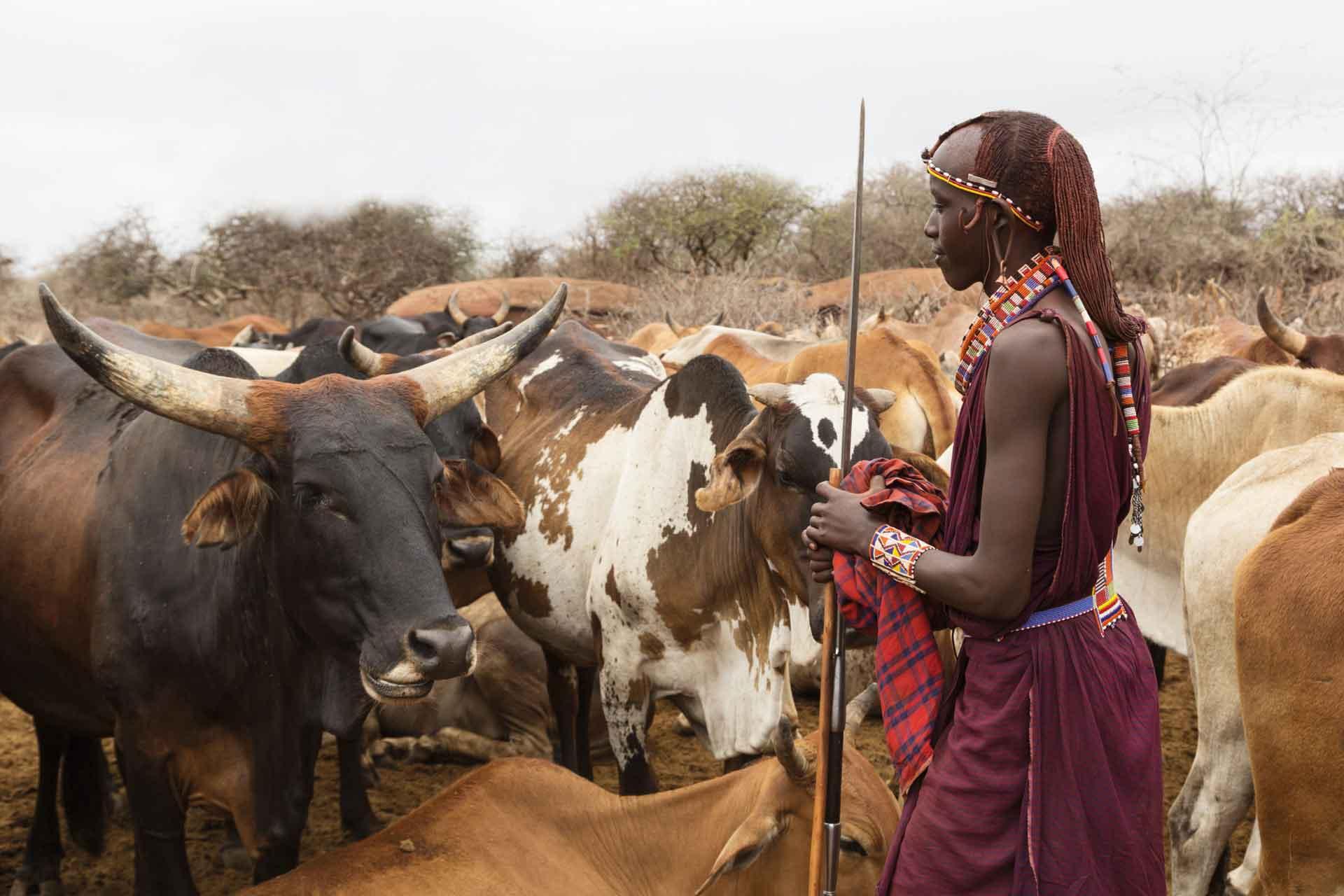Research undertaken by scientists at The Pirbright Institute and the University of Glasgow has shown that a targeted vaccination programme against foot-and-mouth disease (FMD) could contribute to alleviating poverty in eastern Africa.
Livestock production losses due to FMD are estimated to be around $2.3 billion each year in Africa, affecting national economies, food security and the livelihoods of livestock keepers – 85% of which live in extreme poverty. Control policies for communities that are most affected in eastern Africa have been limited by the uncertainty surrounding how different types of FMD virus (called serotypes) spread through livestock, and if they contract the disease through contact with wild buffalo.
Pirbright researchers have recently been able to shed light on the issue by using the high containment facilities provided by the BBSRC National Virology Centre: The Plowright Building to test samples from Tanzanian livestock and wild buffalo and determine which serotypes they had been infected by over the years.
Their results, published today in Nature Ecology and Evolution, showed that FMD serotypes pass through livestock in slow waves, but that it was rare for livestock to become infected by viruses circulating in wild buffalo. This is different to the situation in southern Africa, where there is spill over from buffalo to livestock, and control methods therefore focus on their separation.
Professor Satya Parida, Head of the Vaccine Differentiation group at Pirbright said: “Through understanding the pattern of FMD waves, we can tailor control methods to make them more effective, rather than copying strategies used in other regions which may not work due to different circumstances. We suggest that by quickly identifying the virus serotype causing an outbreak, serotype specific vaccines could be deployed to prevent its continued spread in sub-Saharan Africa.”
A vaccination programme based on the findings of this study could help provide a cost-effective strategy which would aid in alleviating poverty in communities that are dependent on their livestock for income, in addition to increasing the production of milk, which is heavily relied upon as a source of protein in these regions.
